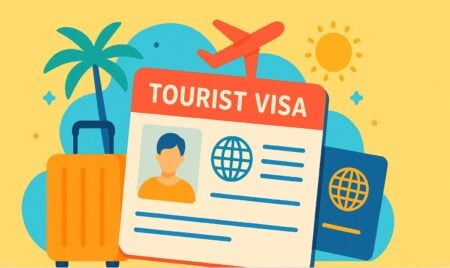A beautiful photo of the galaxy UGC 12158 recently captured by NASA’s Hubble Space Telescope ended up featuring a surprising guest which is a photobombing asteroid. A team of astronomers led by Pablo García Martín from the Autonomous University of Madrid, Spain, and co-authored by Bruno Merín from the European Space Astronomy Centre; embarked on a unique project utilizing Hubble’s vast image archive spanning 19 years.

Their goal was to identify previously unnoticed asteroids lurking in our solar system. Their efforts paid off, as they uncovered a total of 1,701 asteroid trails in the Hubble images, with 1,031 of them being asteroids that had not been cataloged before. This discovery sheds new light on the composition and history of the asteroid belt.
This groundbreaking discovery was made possible through the collaboration of professional scientists and citizen scientists from around the world. By combining the observations of volunteers with a sophisticated machine learning algorithm, the team efficiently identified asteroids within the Hubble images.
Lead author Pablo García Martín expressed surprise at the sheer number of candidate objects found, emphasizing the importance of this discovery in advancing our understanding of the solar system’s evolution. The abundance of smaller asteroids uncovered in the study supports the theory that they are fragments resulting from collisions between larger asteroids over billions of years. This challenges previous ideas suggesting that these smaller fragments formed independently billions of years ago.
Asteroids were detected in the Hubble images by their characteristic trails, created as they move against the backdrop of stars during the telescope’s exposures. These trails allowed scientists to determine the asteroids’ distances and approximate orbits. The faintest asteroids detected in the survey were incredibly dim, about one forty-millionth the brightness of the faintest star visible to the naked eye.
The Hubble Asteroid Hunter project, launched in 2019, engaged over 11,000 citizen scientists who provided nearly 2 million identifications of asteroids. These identifications were instrumental in training an automated algorithm to identify asteroids efficiently. Bruno Merín highlighted the necessity of citizen science in sifting through the vast Hubble archives as the positions of asteroids change over time requiring a meticulous search process.



